Disclosure: This article contains affiliate links. We may earn a commission from purchases at no extra cost to you, which helps our travel content.
When my research colleague at the University of Kansas invited me to speak to her marine biology students last spring, I expected a quick academic visit to Lawrence. What I discovered instead was a vibrant college town with surprising pockets of adventure that belied its Midwestern location. As someone who typically finds her thrills along coastal regions, I was pleasantly taken aback by how this landlocked gem offered its own unique ecosystem of experiences—perfect for students seeking affordable weekend adventures without traveling far from campus.
Clinton Lake: A Freshwater Laboratory of Adventure
As someone who has spent decades studying marine ecosystems, I approached Clinton Lake with professional curiosity and was rewarded with personal delight. Just a 15-minute drive from downtown Lawrence, this 7,000-acre reservoir offers an impressive array of water-based adventures that rival coastal experiences.
Kayaking along the eastern shoreline provided me with a perfect morning of both exercise and scientific observation. The lake's ecosystem presents a fascinating contrast to oceanic environments—the interplay between freshwater species and the surrounding tallgrass prairie creates ecological transition zones that are captivating from both recreational and academic perspectives.
For students seeking affordable adventure, Clinton Lake State Park offers kayak rentals for approximately $15/hour—significantly less expensive than coastal operations. I brought my waterproof binoculars which proved invaluable for spotting ospreys and bald eagles that frequent the lake's northern reaches. The Sanders Mound Trail provides excellent vantage points for wildlife observation while offering moderate hiking challenges along limestone outcroppings.
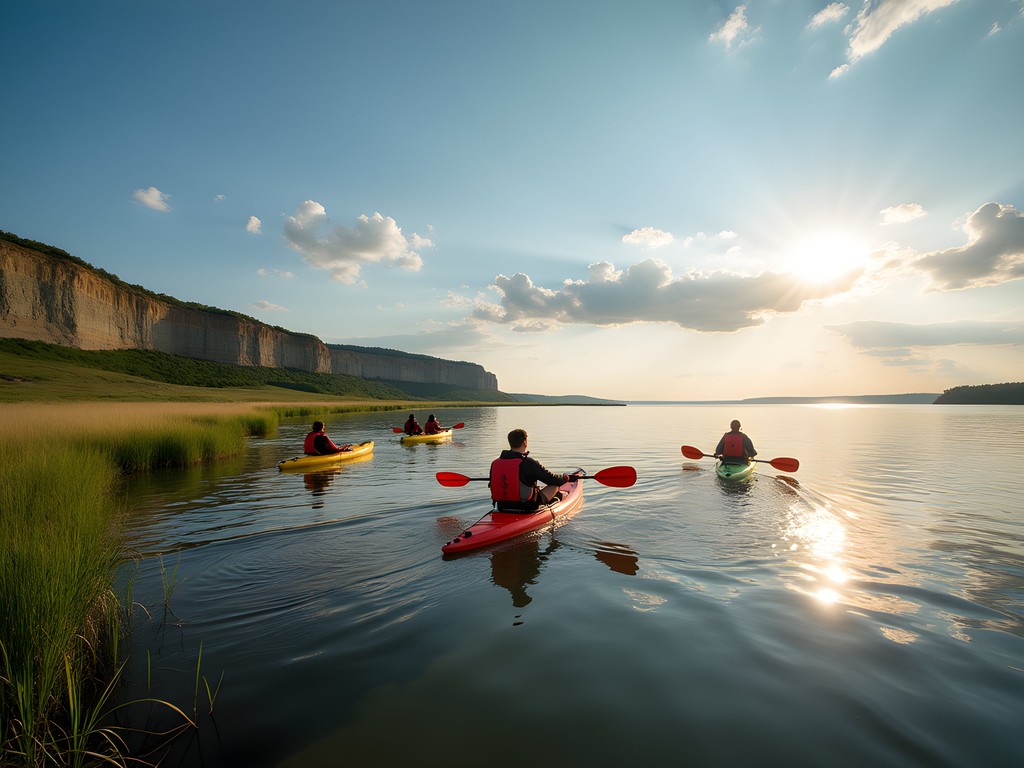
💡 Pro Tips
- Visit weekday mornings to avoid weekend crowds and secure the best kayak rentals
- Pack a field microscope to examine freshwater microorganisms—the diversity will surprise you
- The western shoreline offers more secluded spots for swimming and cliff jumping for the truly adventurous
Urban Foraging: Scientific Exploration in Downtown Lawrence
Massachusetts Street—or 'Mass Street' as locals call it—offers more than just the typical college town retail experience. For the scientifically curious adventurer, it provides a fascinating study in urban ecology and sustainable commerce.
My exploration began at The Dusty Bookshelf, where I unearthed several rare marine biology texts from the 1960s—a thrilling find for someone who appreciates academic treasures. What makes Lawrence's vintage shopping scene unique is how it reflects the town's relationship with its natural environment; many shops emphasize locally-sourced, upcycled materials that tell the geological and agricultural story of Kansas.
For students developing their own collection of field equipment, Wild Territory Outdoors offers surprisingly affordable second-hand gear. I found a field journal that has since accompanied me on three research expeditions. The shop owner, a former geology student, curates inventory specifically for local field conditions—knowledge that chain retailers simply cannot provide.
The real adventure came during the Saturday morning farmers market, where I joined a guided urban foraging tour. The parallels between identifying edible urban plants and my work cataloging marine species were striking—both require careful observation, pattern recognition, and respect for ecological boundaries.
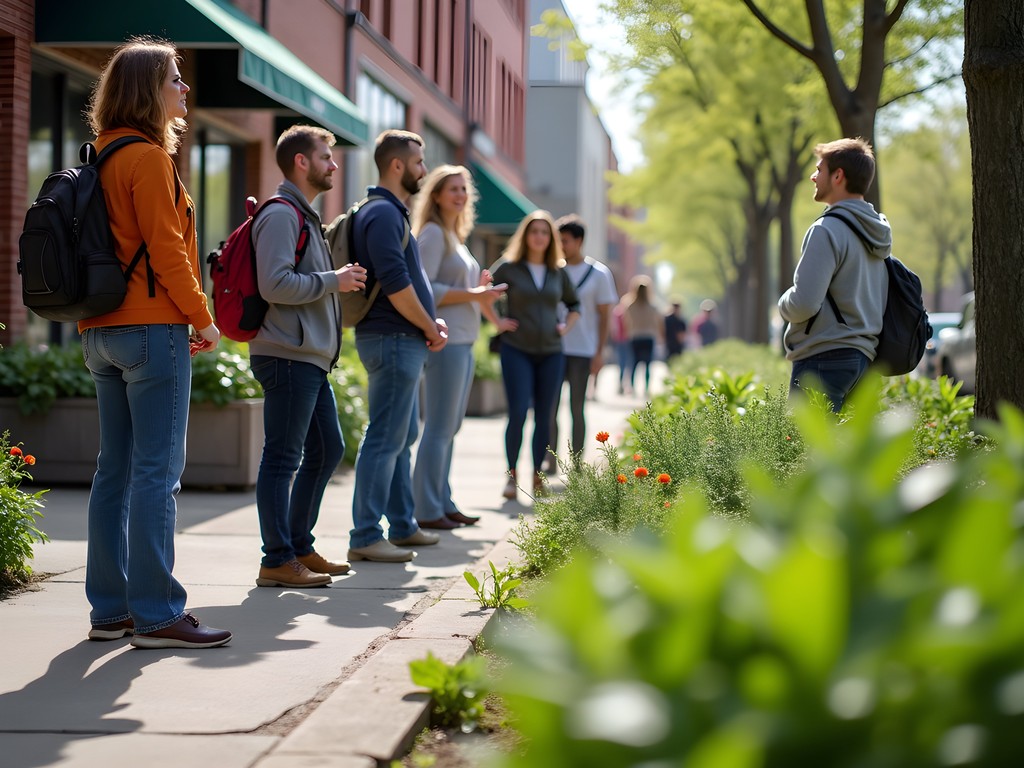
💡 Pro Tips
- Visit The Dusty Bookshelf's back room for rare academic texts not listed in their online inventory
- The farmers market vendors often offer impromptu workshops on sustainable harvesting techniques
- Wild Territory Outdoors has a trade-in program for students upgrading their adventure gear
KU Natural History Museum: Adventure Through Time
While traditional museums rarely qualify as 'adventures,' the University of Kansas Natural History Museum defies expectations with its immersive scientific experiences. As a marine biologist accustomed to world-class institutions, I was genuinely impressed by this campus gem.
The panorama exhibits transform passive observation into active exploration. The museum's marine collection—particularly the Cretaceous period marine reptiles—offers a fascinating window into Kansas's ancient past as an inland sea. For students of any scientific discipline, connecting with these specimens provides context that textbooks simply cannot replicate.
The real adventure begins with the museum's behind-the-scenes research tours (available by reservation for student groups). Witnessing active paleontological research and specimen preparation creates an intellectual thrill that rivals any physical adventure. I was fortunate to observe graduate students working with recently discovered fossils from western Kansas—a reminder that scientific exploration continues to unveil new discoveries even in seemingly familiar landscapes.
Bring your pocket microscope to examine the fascinating microdetails of specimens, particularly the marine invertebrate collection. The museum staff enthusiastically accommodates serious scientific inquiry from visitors—a refreshing approach that transforms the experience from passive tourism to active learning.
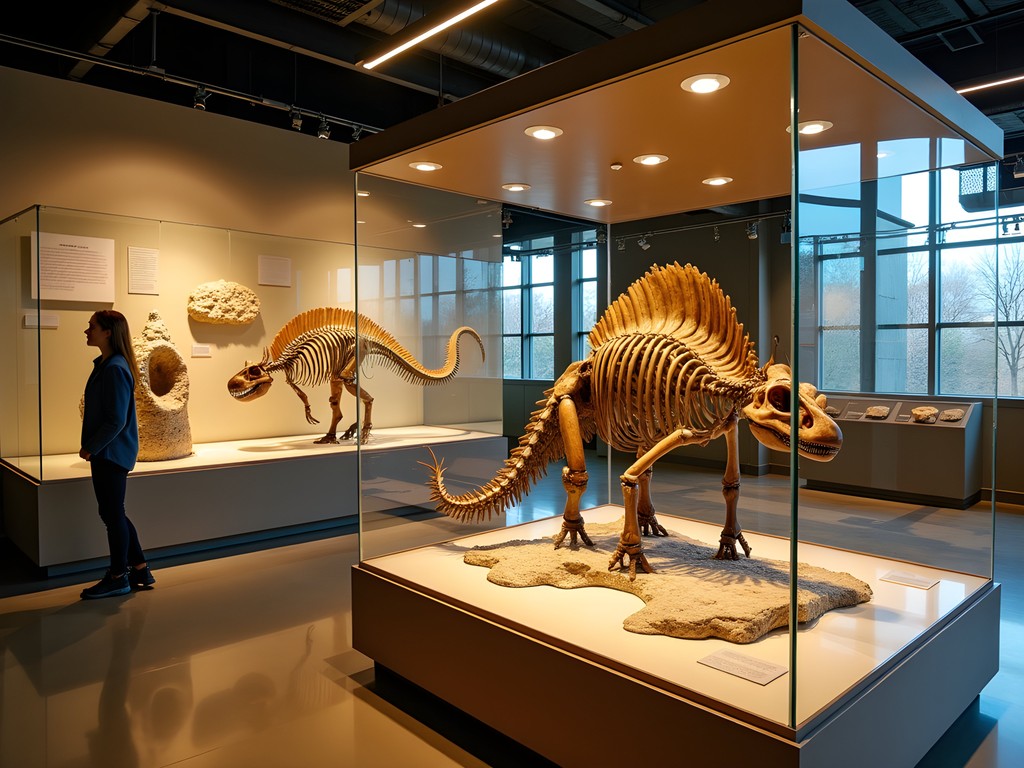
💡 Pro Tips
- Thursday evenings often feature student-led tours that provide more technical scientific explanations
- Request access to the specimen preparation lab by contacting the education department a week in advance
- The research library contains rare field journals from 19th-century Kansas expeditions—accessible to students with faculty recommendation
Baker Wetlands: Ecological Adventure at Dawn
For the student seeking both physical challenge and scientific discovery, Baker Wetlands offers a remarkable juxtaposition of ecosystems that belies its modest reputation. As someone who studies transitional environments between land and water, I found this 927-acre preserve to be Lawrence's most underappreciated adventure destination.
Arriving at dawn provided not just spectacular lighting for photography but also prime conditions for wildlife observation. The boardwalk trail system allows intimate access to wetland habitats without environmental disruption—a model of sustainable ecotourism that larger destinations could emulate. The Discovery Center offers free field guides for day use, though I recommend bringing your own for margin notes.
The true adventure here combines physical exploration with scientific observation. The wetlands' mosaic of habitats—from open water to prairie—creates remarkable biodiversity within a compact area. Students of ecology, biology, or environmental science will find natural laboratory conditions for observing ecological principles in action.
For those seeking physical challenges, the outer loop trail provides surprisingly varied terrain with several observation platforms requiring steep climbs. My trekking poles proved unexpectedly useful for navigating the occasionally muddy sections while carrying field equipment.
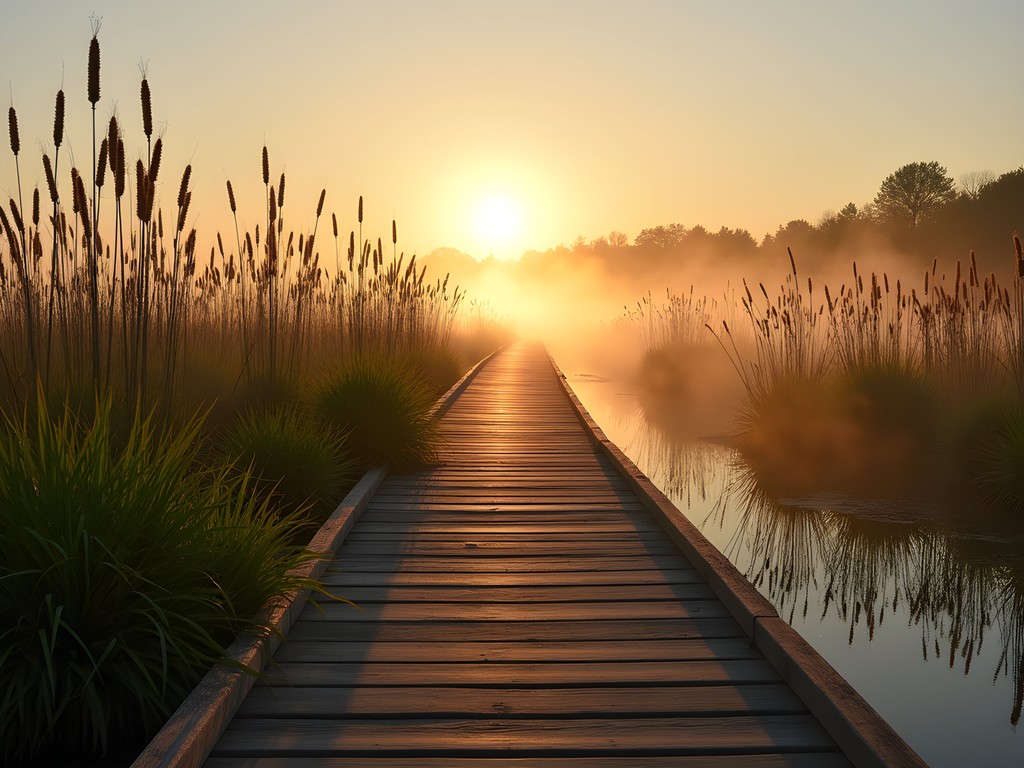
💡 Pro Tips
- The first hour after sunrise offers optimal conditions for both wildlife photography and bird observation
- The northern section contains remnant tallgrass prairie—an increasingly rare ecosystem worth special attention
- Bring waterproof footwear even in dry seasons; microhabitats within the wetlands maintain moisture year-round
Rock Chalk Underground: Spelunking Beneath Campus
Perhaps the most unexpected adventure in Lawrence lies beneath the very ground of the university campus. The limestone cave system—affectionately dubbed 'Rock Chalk Underground' by students—offers genuine spelunking experiences that challenge both physical abilities and scientific understanding.
Access requires registration with the KU Geological Society student group, which conducts guided explorations twice monthly during spring semester. As a visiting researcher, I was fortunate to join one such expedition. The cave system, while modest compared to commercial caverns, provides authentic challenges including narrow passages, moderate climbs, and fascinating geological formations.
What makes this adventure uniquely valuable is its integration of physical challenge with academic learning. Student guides explain the karst topography that enables these formations—a perfect example of how theoretical classroom knowledge connects to tangible experience. The cave's consistent year-round temperature of 56°F provides welcome relief during warmer spring days.
For this adventure, proper equipment is essential. I borrowed a helmet with headlamp, but wished I'd brought my headlamp for its superior battery life and adjustable settings. Participants should wear clothing they don't mind getting permanently stained with limestone clay—this is genuine exploration, not a sanitized tourist experience.
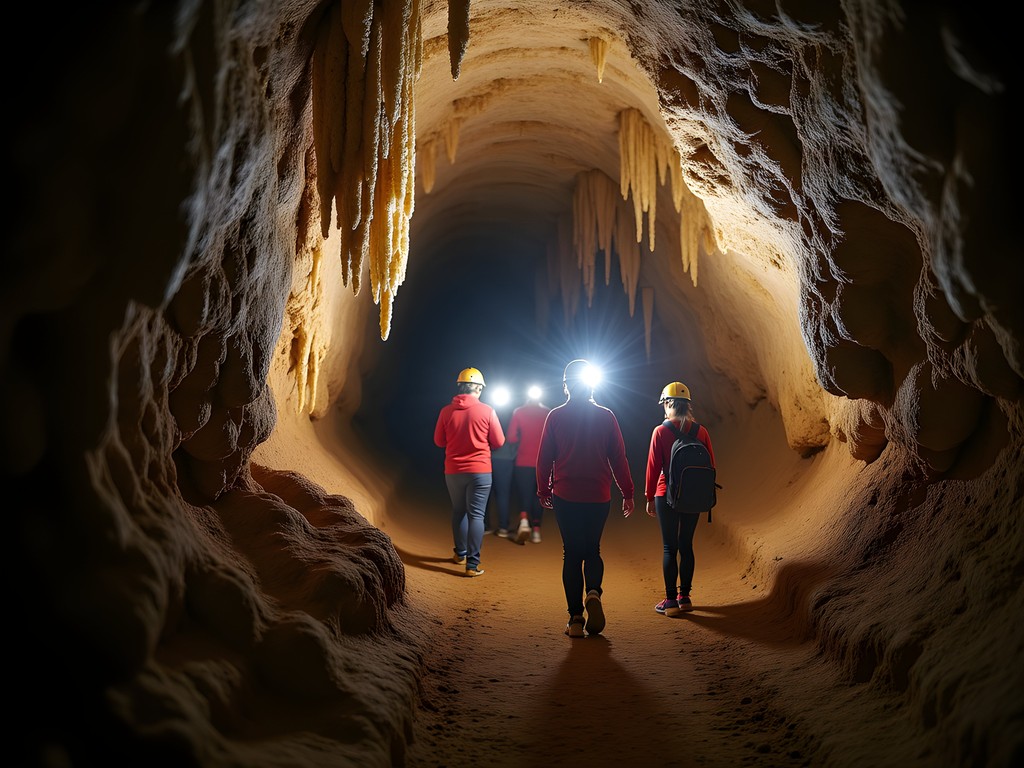
💡 Pro Tips
- Registration for cave explorations fills quickly—sign up at the Geology Department at least three weeks in advance
- The Tuesday evening explorations are typically less crowded than weekend options
- Bring a waterproof camera case; several chambers feature small underground pools worth documenting
Final Thoughts
Lawrence defied my expectations by offering adventures that seamlessly blend physical challenges with scientific discovery—a combination that resonates deeply with my approach to both travel and research. What makes this college town particularly valuable for student adventurers is how it transforms budgetary constraints into assets; here, adventure doesn't require expensive equipment or distant travel, but rather curiosity and willingness to explore overlooked spaces.
As I boarded my flight back to Anaheim, I found myself reflecting on how Lawrence embodies what I've observed in coastal communities worldwide—the most rewarding adventures often emerge where academic knowledge intersects with physical exploration. For students developing their own adventure identities, Lawrence offers an accessible laboratory for testing personal boundaries while building practical field skills.
Whether you're studying environmental science or simply seeking weekend thrills that won't deplete your semester budget, Lawrence deserves consideration beyond its reputation as merely a college town. Like the marine ecosystems I've studied for decades, this Kansas community reveals its most fascinating aspects to those willing to look beneath the surface.
✨ Key Takeaways
- Lawrence offers budget-friendly adventures that combine physical challenges with scientific learning opportunities
- Early morning and weekday explorations provide optimal experiences with minimal crowds
- The intersection of natural and urban environments creates unique adventure opportunities not found in typical outdoor destinations
📋 Practical Information
Best Time to Visit
Mid-April through early June
Budget Estimate
$150-250 for a full weekend including accommodations
Recommended Duration
48-72 hours
Difficulty Level
Intermediate

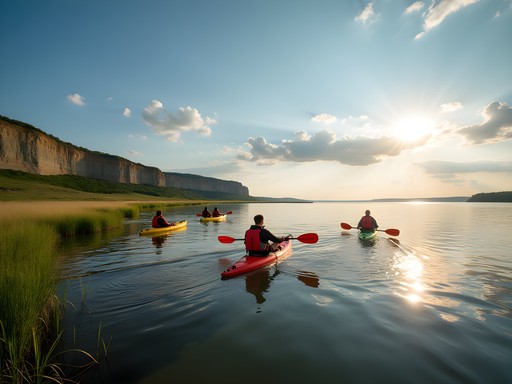



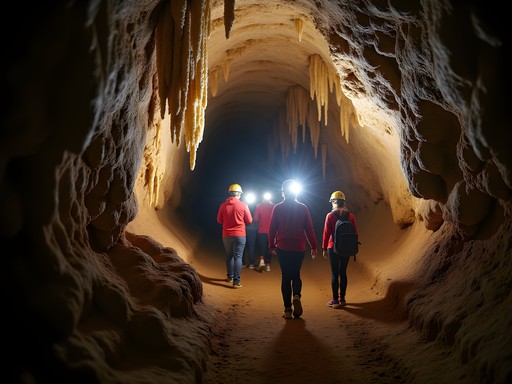










Comments
reddiver
Great post! Checking this out for our family trip next month.
sunnyqueen
Love how you connected science with adventure! Those fossil displays at the KU museum are incredible.
wanderlustclimber2059
Just got back from Lawrence last weekend and used your blog as a guide! The kayaking at Clinton Lake was spectacular - we even saw a bald eagle! My waterproof phone case came in handy for taking photos from the water. Thanks for the inspiration!
journeyqueen
Is Baker Wetlands worth visiting if I only have one day in Lawrence? Or should I prioritize the KU museum?
reddiver
Not the author but I'd say both! Baker Wetlands early morning (amazing sunrise + birds) then KU museum after lunch. That's what we did!
Bryce Diaz
Lawrence is such an underrated gem! I stumbled upon it last year during a cross-country road trip and ended up staying three days instead of one. The urban foraging you mentioned took me by surprise too - I joined a group led by a local botanist who showed us edible plants growing right in downtown parks. The blend of college town energy with outdoor activities makes it special. Did you get a chance to check out the Free State Brewing Company? Their scientific approach to brewing pairs perfectly with the intellectual vibe of the town.
travelbackpacker
Did you need any special gear for the Clinton Lake activities? Planning to visit in October.
Claire Grant
For Clinton Lake in October, just bring layers as the weather can change quickly. Most rental places provide life jackets, but if you have your own binoculars, they're great for spotting wildlife!
travelbackpacker
Thanks Claire! Definitely bringing my binoculars then.
escapequeen9092
Whoa, I had no idea Lawrence had so much to offer! Clinton Lake looks amazing for a weekend getaway.
backpackgal
Just got back from Lawrence and followed your itinerary! Clinton Lake was the highlight - we rented kayaks and explored those hidden coves you mentioned. Perfect weekend getaway from Kansas City!
globeperson
I grew up near Lawrence and never appreciated all these things until I moved away! The wetlands are so underrated. If you go back, check out the Prairie Park Nature Center too - they have rescued birds of prey you can see up close!
Jennifer Rodriguez
Claire, I love how you combined academic work with adventure! I did something similar last year but missed Clinton Lake completely. The urban foraging was fascinating though - I joined a free walking tour with a local botanist who pointed out edible plants all over downtown. For budget travelers, Lawrence Public Library has free passes to many museums including the KU Natural History Museum. I used my pocket field guide at Baker Wetlands and identified 12 different native species!
Venture X
Premium card with 2X miles, $300 travel credit, Priority Pass